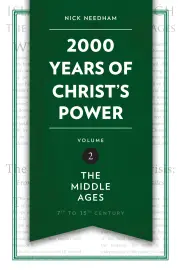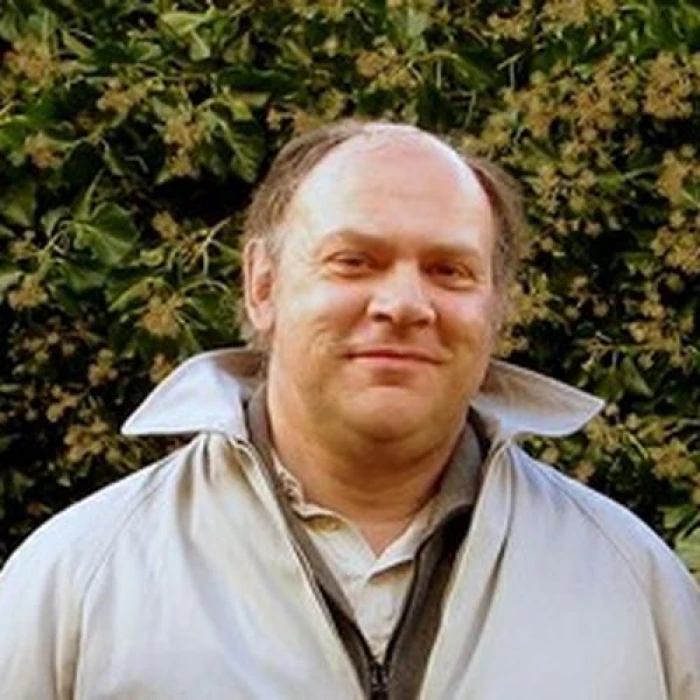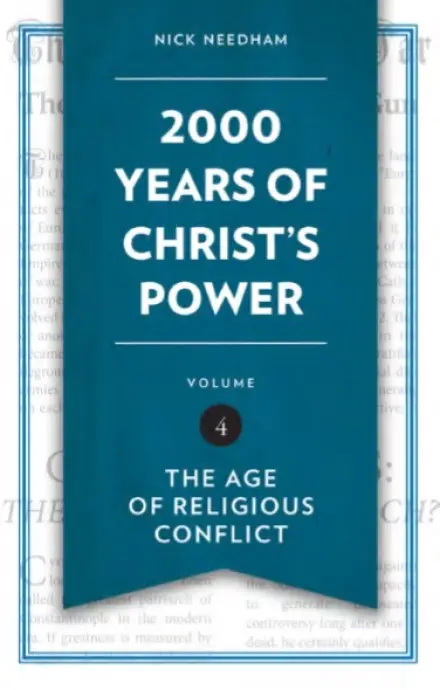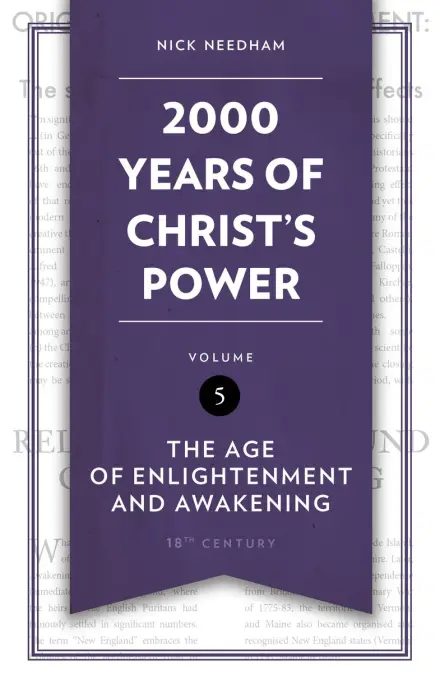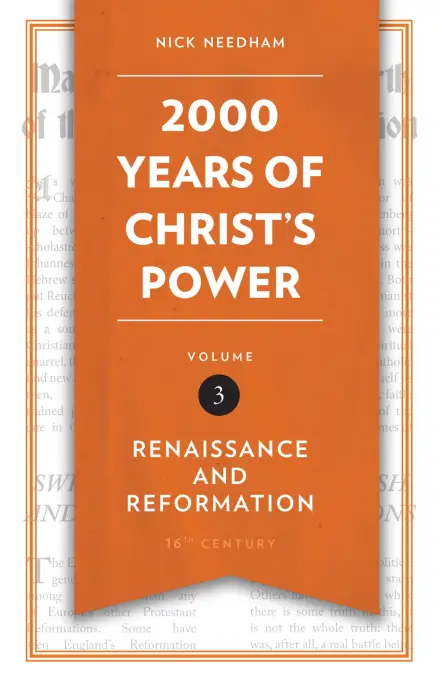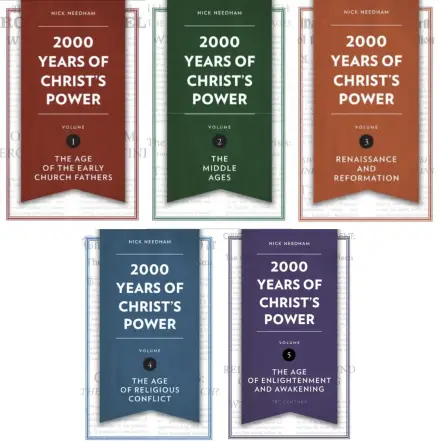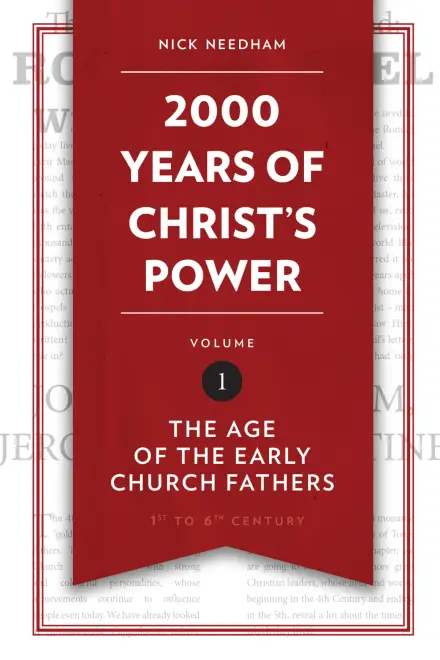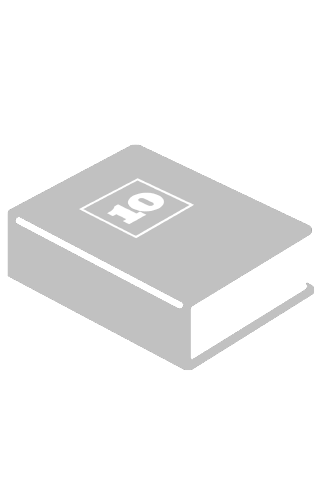2000 Years of Christ’s Power Vol. 2
I have three things to say about this excellent work.
Firstly, Needham’s second instalment in this series is exceptionally readable and easy to follow. Key names and words are in bold italics throughout. Each chapter is broken down into sub–headings and sub–sub–headings, so that information is presented in a very structured, comprehensible way. At the end of each chapter, important people from that section are all listed, along with the years in which they were active in whatever role they played (such as p.80, ‘Holy Roman Emperor Charlemagne (771–814)’, meaning he reigned for those years as Emperor). Outstanding events are repeated throughout the work, such as the great split between the Eastern and Western Church in 1054 (perhaps the most significant event of the entire Middle Ages, as far as the Church is concerned). The substance of the book is not overly elaborate or complicated. In fact, it seems to hold the middle–ground between a basic and an advanced work on the Middle Ages. Still, those with no knowledge of theology or of the Middle Ages may find this a tough one given the subject at hand.
Notwithstanding, it written in a plain, forthright style. Take for instance the humorous comment of p.136: “The patriarch and the cardinal were two of the most high–spirited, stubborn, aggressive men who have ever lived in the history of humanity, each completely lacking in any of the graces required for diplomacy.” Whilst being such, it is also evidently a scholarly/academic work. This is not written by an amateur, but a professional who teaches Church history in the academic world. There is a bibliography in the back, the information presented is in–depth and detailed. The words used are scholarly and explained (“filioque”, “Pravoslavie”, p.234). It is concise enough, yet definitely comprehensive. Everything that needs sufficient explanation gets just that. In addition, Needham’s volumes have long had the commendation of outstanding Church History Professor Carl Trueman, amongst others. LTS, for instance, use these volumes as their standard texts when teaching Church History.
One of the treasures of this work is that, at the end of each chapter, there are select samples of the writings of notable figures from the era just dealt with. Some of these are fabulous, such as the extract from Bernard of Clairvaux’s sermon on Titus 3:4 (p.228–9), or Thomas a Kempis’ gloriously pointed words from ‘The Imitation of Christ’ (p.443–4). Others are tragic, even horrifying, such as the account from an eye–witness who took part in the Crusades, p.225–6. These extracts are a welcome component in Needham’s works. In short, in my opinion, it is scholarship at its absolute best – the perfect model for any Church historian to emulate.
Secondly, this volume is a superb journey through this overlooked, misunderstood period. As is natural, the focus is mainly, but far from exclusively, on the Western Church’s history and theology during this time. Needham looks at the origin and development of the Western Universities, where theology became supremely academic and produced expert thinkers, such as Thomas Aquinas and Peter Lombard. We are also informed of the rise of the Papacy, and the reader will learn quite a bit from Needham’s interaction with various popes, particularly Hildebrand (Gregory 7th) and Innocent 3rd. Unfortunately, the author also has to tackle the rather sobering period of the Crusades. This is quite an eye–opener, not only about those times, but also about human nature which, of course, hasn’t changed at all since then, e.g. World War 2. Fortunately, we are also introduced to the beginnings of Protestantism, such as John Huss and his martyrdom for his apparent heresies.
It is popular in Church history studies of the Middle Ages to teach it as if little of Christian significance happened in this era outside of the Western Church. This is far from the case, and Needham establishes this admirably. We are introduced to Islam’s origins and long–term relationship with the Church. But the real delight is that much time is spent on Eastern Orthodoxy. We learn of the iconoclastic controversy, Eastern monks and monasteries, the origins of the Russian Orthodox Church, and of course the 1054 great–schism with the West. In fact, one of the triumphs of this book is the way the East are presented in their history and theology. Interest in the Eastern Church is likely to be stimulated by Needham’s dealings with them. One gets a distinct impression that the author himself is favourable to the East and values them. Mysticism also gets a mention when dealing with both West and East.
Thirdly, we have here a book which is truly a brilliant balance between historical and theological information. The historical sections are superbly recounted, with unnecessary details being passed over in favour of what is relevant and genuinely interesting. Events are brought to life before the reader’s eyes. Yet whilst being historically illuminating, the crown–jewel of this work is that it is also pleasantly spiritually enlightening. The biographies are a case in point. They are mostly somewhat brief, but often exciting. I read with pleasure about Bernard of Clairvaux, John Wyclif, Francis of Assisi, Theoleptus of Philadelphia, Simeon the New Theologian, Photius the Great, Charlemagne – all so very interesting characters, and yet real people who really lived and had these experiences here recounted. My imagination ran wild. It isn’t fantasy, but it is a form of escapism. It’s striking just how often fact is stranger than fiction.
These biographies often involve theological subjects, such as Thomas Aquinas and transubstantiation, or Gregory Palamas and hesychasm. Anyone with an interest in theology will enjoy these bits. The theological sections are – it really must be said – expertly expressed by Needham. They are scholarly, concise, and very intelligible, as for example Needham’s dealings with the ‘filioque’ controversy. I especially recommend Needham’s brief analysis of the main differences between the way the East and West view the Trinity (p.115–6). There were so many highlights, but this was certainly one of them. (Needham has also written an excellent article on the Trinity from the Eastern and Western perspectives. To read it, type ‘needham filioque’ into Google. It is entitled ‘The Filioque Clause: East or West?’ and was published by Scottish Bulletin of Evangelical Theology.)
To sum up, the reader is left with the implication that the Church cannot afford to ignore a serious study of this era. The Middle Ages was the time of theology; it was when religion was everywhere. You cannot understand the Middle Ages without understanding the theological controversies and discussions of the day and the people involved. Today is not the day of theology – many people do not even know what the word means (theo = God, ology = the study of). So the difference between the Middle Ages and today seems vast and irrelevant.
But this would be a thorough misevaluation. The gap is actually not all that big. It’s amazing how much that went on in this period still touches us to this present–day: Islam, universities, the Roman Catholic Church, with her theology and Papacy, war, human cruelty, barbarism, the Eastern Church and Russian Orthodoxy, and probably more. Perhaps the most relevant aspect of this work is that it is likely to generate a respect for Eastern Orthodoxy. This is important for present–day discussions with the East and trying to unite the whole Church again into one, rather than a divided East and West. Readers are also likely to come away with a concern for reaching Muslims, a distrust in the Papacy, and an appreciation for characters like Thomas Aquinas, Bernard of Clairvaux, Photius the Great, and many others. I can hardly imagine the effort it took to research and write. One thing’s for sure: the author clearly loved writing it himself, and that seems to have had a huge impact on the way it reads.
All in all, a magnificent book, perfect for a theology student, or a Christian fancying a bit of a challenge and wanting something that will both inform the mind with history, stimulate the imagination with biography, and warm the heart with theology.
10/10
MMM
